Discovering the world of imported coffee beans can be an exciting journey, especially for those who are just starting to explore the rich flavors and aromas that different beans offer. Whether you’re a curious beginner or someone looking to deepen your knowledge, understanding how to select the right beans and appreciating their unique characteristics is essential. This guide will help you navigate through the diverse world of imported coffee beans, making your coffee experience even more enjoyable.
One of the best things about imported coffee beans is the variety they bring to your cup. Each region produces beans with distinct flavors and profiles, influenced by factors such as climate, soil, and processing methods. By learning how to choose beans that suit your taste preferences, you can elevate your daily coffee ritual and discover new favorites that you never knew existed.
As we delve into the process of roasting and brewing these beans, you’ll gain insight into how these methods impact the final flavor in your cup. From the basics of selecting the right beans to exploring the latest trends in roasting and brewing, this article will provide you with valuable knowledge that enhances your appreciation of coffee, making each sip a delightful experience.
- Learn how to select imported coffee beans that match your taste.
- Explore roasting techniques and future trends in coffee preparation.
- Understand the importance of proper storage for maintaining coffee freshness.
1. The Allure of Imported Coffee Beans and How to Choose Them
Characteristics of Imported Coffee Beans
Imported coffee beans come with a fascinating array of flavors and characteristics that can truly elevate your coffee experience. Each region’s unique climate and soil contribute to the beans’ flavor profiles, often resulting in delightful surprises. For instance, beans from Ethiopia are known for their floral and fruity notes, while those from Colombia often exhibit a well-balanced, nutty flavor. It’s this diversity that makes exploring imported coffee such an enjoyable adventure.
Another important aspect to consider is the processing method used for the beans. There are generally two types: washed and natural. Washed beans tend to have a cleaner taste, as the fruity outer layer is removed before drying. On the other hand, natural processing allows the beans to dry with the fruit still intact, leading to a sweeter and more complex flavor. Understanding these characteristics can help you appreciate the nuances of each cup you brew.
Moreover, the altitude at which the coffee is grown plays a significant role in its flavor. Coffee grown at higher elevations often develops more acidity and complexity, making it a favorite among coffee enthusiasts. By being aware of these factors, you can start to identify the flavors that resonate with you and enhance your coffee journey.
To make the most of your imported coffee experience, it’s essential to familiarize yourself with the different flavor profiles and processing methods. This knowledge will empower you to make informed choices when selecting your next batch of beans.
- Understand the flavor profiles of beans from different regions.
- Learn about processing methods and how they affect taste.
- Explore the impact of altitude on coffee flavor characteristics.
How to Choose Beans That Suit You
Choosing the right imported coffee beans can feel overwhelming at first, but it doesn’t have to be. Start by considering your personal taste preferences. Do you enjoy fruity and bright flavors, or do you lean more towards rich and chocolatey notes? Knowing what you like will guide your selection process.
Visiting local coffee shops or roasteries can also be a great way to sample different beans. Many places offer tasting flights that allow you to experience a variety of flavors side by side. This hands-on approach not only helps you refine your palate but also connects you with knowledgeable baristas who can share insights about the beans’ origins and characteristics.
By taking the time to explore various options and paying attention to your preferences, you’ll be well on your way to discovering the perfect imported coffee beans for your enjoyment. Remember, every cup is an opportunity to learn and expand your coffee horizons.
- Consider your personal taste preferences.
- Sample different beans at local coffee shops or roasteries.
- Engage with knowledgeable baristas to learn more about the beans.
2. Basics of Roasting and Future Trends
Types of Roasting and Their Features
Roasting is a crucial step in transforming raw coffee beans into the aromatic delights we love. It’s fascinating to see how different roasting levels can affect the flavor profile of imported coffee beans. Generally, we categorize roasting into three main types: light, medium, and dark. Each type offers a unique experience, depending on your taste preferences.
Light roasts are known for their vibrant acidity and bright flavors. They tend to highlight the unique characteristics of the beans, allowing the natural notes of the origin to shine through. If you’re someone who enjoys fruity or floral flavors, light roasts could be your go-to choice.
Medium roasts strike a balance between acidity and richness, offering a fuller body while still retaining some of the original flavors. This roast level is often a favorite among those who appreciate a well-rounded coffee experience. It provides a wonderful blend of sweetness and complexity, making it versatile for various brewing methods.
Dark roasts, on the other hand, are characterized by their bold and rich flavors. The roasting process brings out deep, chocolatey notes and often a lower acidity. If you prefer a strong, robust cup of coffee, dark roasts may be the right fit for you. Understanding these roasting types helps you choose beans that align with your flavor preferences and can enhance your appreciation of imported coffee.
- Light roasts showcase vibrant acidity and unique origin flavors.
- Medium roasts offer a balance of acidity and richness for a fuller body.
- Dark roasts provide bold and rich flavors with lower acidity.
Roasting Techniques to Watch in the Future
As the coffee industry evolves, so do the techniques used in roasting. One trend gaining traction is the use of precision roasting technology. This method allows roasters to monitor and control temperature fluctuations more accurately, resulting in a more consistent flavor profile. By focusing on data analytics, roasters can achieve specific taste outcomes that cater to consumer preferences.
Another exciting development is the emergence of experimental roasting techniques. These methods often involve unique approaches, such as roasting with different heat sources or using varied humidity levels. This experimentation can lead to innovative flavor profiles that were previously unexplored, offering coffee drinkers a chance to experience something truly special.
Sustainability is also becoming a significant focus in the roasting world. Roasters are increasingly seeking eco-friendly practices, from sourcing beans ethically to implementing energy-efficient roasting methods. This shift not only benefits the environment but also appeals to consumers who value sustainability in their coffee choices.

If you found this exploration of roasting techniques intriguing, you might also appreciate our article on Discover How Choosing the Right Coffee Beans and Adjusting Your Intake Can Elevate Your Coffee Experience!, which delves into how your selection and consumption of coffee beans can significantly enhance your overall coffee enjoyment. This complementary piece offers valuable insights that align perfectly with the trends we discussed here.
- Precision roasting technology ensures consistent flavor profiles.
- Experimental roasting techniques explore innovative flavor possibilities.
- Sustainability practices are becoming vital in the coffee roasting process.
3. Brewing Methods and Their Impact
Popular Brewing Methods
As you dive deeper into the world of imported coffee beans, understanding various brewing methods becomes essential. Each method has its own unique qualities, influencing how the flavors of the beans are extracted. Some popular techniques include drip brewing, French press, espresso, and pour-over.
Drip brewing is one of the most common methods, perfect for those who enjoy a clean and straightforward cup. With this technique, hot water drips through a filter filled with coffee grounds, allowing for a smooth extraction. On the other hand, the French press offers a more robust flavor, as the coffee grounds steep directly in hot water. This method allows for more oils and sediment to remain in the final brew, creating a fuller body.
Espresso, a favorite among coffee aficionados, involves forcing hot water through finely-ground coffee under high pressure. This process creates a concentrated shot of coffee with a rich crema on top. Lastly, pour-over brewing provides a hands-on experience where you control the water flow, making it a popular choice for those who enjoy experimenting with different grind sizes and brewing times.
By exploring these brewing methods, you’ll not only enhance your skills but also discover how each technique can highlight different aspects of your imported coffee beans.
- Drip brewing offers a clean and straightforward cup.
- French press creates a fuller body with more oils.
- Espresso delivers a concentrated shot with rich crema.
How Brewing Methods Affect Flavor
The brewing method you choose can dramatically affect the flavor profile of your coffee. For example, when using the French press, the longer steeping time allows for more oils to be extracted, resulting in a rich and bold taste. In contrast, drip brewing tends to produce a lighter flavor, as the water passes through the grounds quickly, minimizing oil extraction.
Moreover, the grind size plays a significant role in how flavors are extracted during brewing. A coarser grind works well with methods like the French press, while a finer grind is better suited for espresso. This is crucial because the grind size determines the surface area exposed to water, ultimately impacting the extraction process and the resulting flavor.
Experimenting with different brewing methods and grind sizes can be a fun and rewarding way to discover how to bring out the best in your imported coffee beans. Don’t hesitate to try out various techniques to find the one that perfectly matches your taste preferences.

If you’re eager to elevate your coffee experience even further, you might find it beneficial to read this article, “A Complete Guide to Choosing and Enjoying Coffee Beans!“. It delves into the various cultural perspectives on coffee, helping you understand the significance of bean selection and brewing methods to enhance your appreciation of each cup.
- Brewing method influences the extraction of flavors.
- Grinding size affects the surface area and extraction.
- Experimenting with techniques helps discover personal preferences.
4. Importance of Proper Coffee Bean Storage
Correct Storage Methods
Once you’ve selected your favorite imported coffee beans, preserving their freshness becomes crucial to enjoying the full range of flavors they offer. Proper storage methods can significantly impact the quality of your coffee, ensuring that each cup you brew remains as delightful as the first. One essential tip is to keep your beans in an airtight container. This helps prevent exposure to oxygen, which can lead to stale flavors over time.
Another important factor is temperature. Keeping your coffee beans in a cool, dark place is ideal. Excess heat can accelerate the degradation process, robbing your coffee of its vibrant flavors. If you’re tempted to store beans in the refrigerator or freezer, be cautious. While these methods can help maintain freshness, they can also introduce moisture, which is detrimental to the beans’ quality.
Additionally, avoid buying coffee in bulk unless you’re a frequent drinker. Coffee beans start losing their freshness a few weeks after being roasted. By purchasing smaller quantities, you can enjoy them at their peak flavor. Remember, each type of bean has its own shelf life, so familiarize yourself with the characteristics of the beans you choose.
- Use an airtight container to prevent oxidation.
- Store beans in a cool, dark place to maintain flavor.
- Purchase smaller quantities to enjoy peak freshness.
Future Storage Technologies and Their Potential
As the coffee industry continues to innovate, exciting storage technologies are emerging to help coffee lovers maintain their beans’ freshness. One promising development is the use of vacuum-sealing technology. This method removes air from the packaging, slowing down the oxidation process significantly. With advancements in this area, we could soon see more coffee brands adopting vacuum-sealed packaging for their products.
Another trend is the integration of smart storage solutions. These innovative containers can monitor the conditions within, such as humidity and temperature, and alert you when adjustments are needed. Imagine a coffee canister that communicates with your smartphone to ensure your beans are stored under optimal conditions. This kind of technology has the potential to revolutionize how we store and enjoy coffee, ensuring every cup is as fresh as possible.
By paying attention to proper storage methods now and looking forward to future advancements, you can greatly enhance your coffee experience. Whether you’re a casual drinker or a dedicated enthusiast, maintaining the freshness of your imported coffee beans is key to unlocking the full potential of each brew.
- Vacuum-sealing technology is emerging for better freshness.
- Smart storage solutions may monitor conditions and alert users.
- Staying informed about storage innovations can enhance coffee enjoyment.
Summary of Key Insights on Imported Coffee Beans
In this exploration of imported coffee beans, we’ve delved into the fascinating world of flavors, roasting techniques, brewing methods, and storage practices. The journey of selecting and savoring coffee is a rich experience that can be tailored to your personal preferences. By understanding the unique characteristics of beans from various regions and how roasting impacts flavor, you can enjoy a more fulfilling coffee ritual. Moreover, proper storage techniques ensure that your beans remain fresh, allowing you to appreciate every cup to its fullest.
As we look toward the future, advancements in roasting and storage technologies promise to enhance our coffee experiences even more. From precision roasting to smart storage solutions, staying informed about these innovations can help you make the most of your imported coffee beans. Remember, each cup is an opportunity to explore new tastes and deepen your appreciation for this beloved beverage.
- Imported coffee beans offer a diverse range of flavors influenced by their region and processing methods.
- Understanding roasting levels and brewing techniques enhances your overall coffee experience.
- Proper storage is crucial for maintaining freshness and flavor in your coffee beans.
We’d love to hear your thoughts! What are your favorite imported coffee beans, and how do you enjoy them? Share your experiences in the comments below!





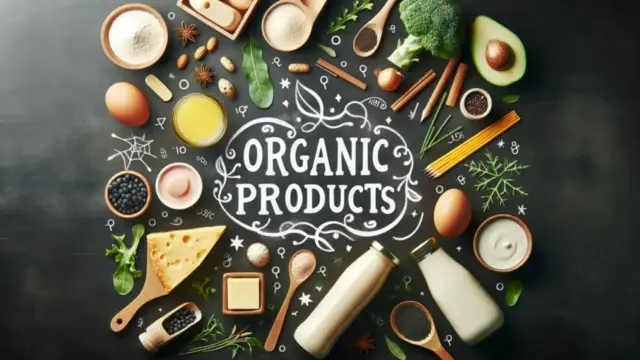






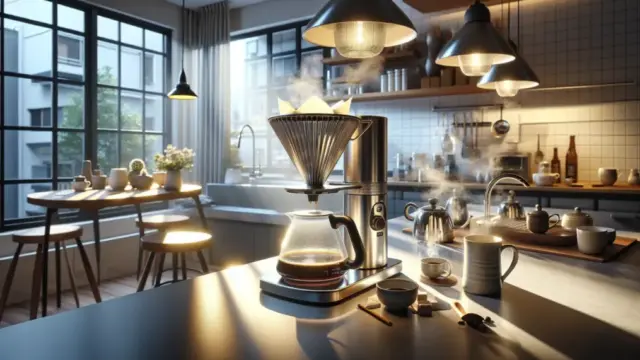




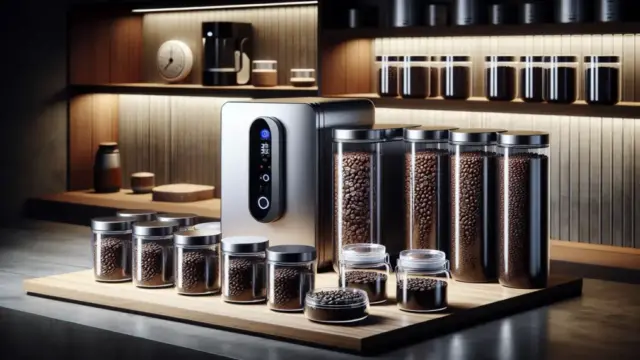















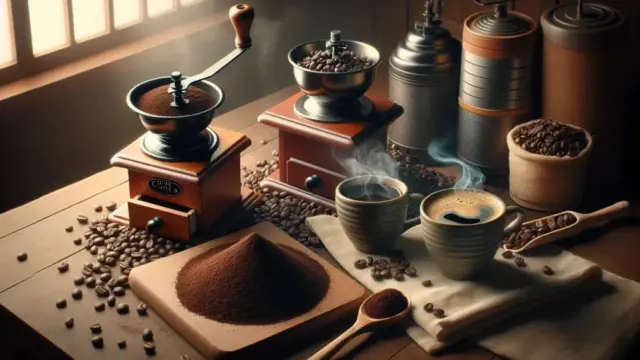
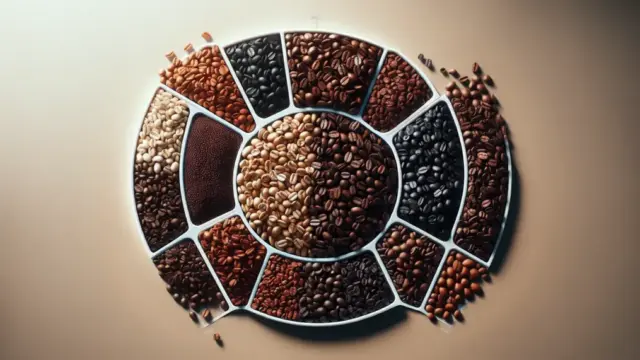








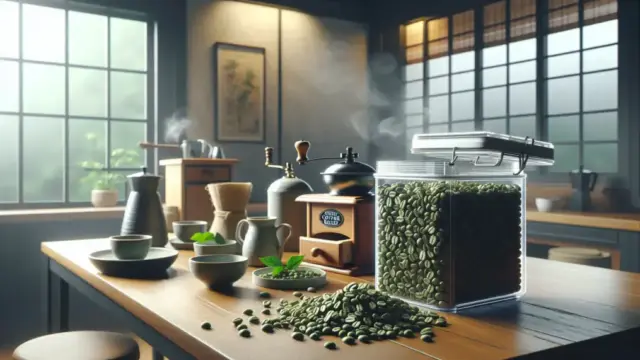





















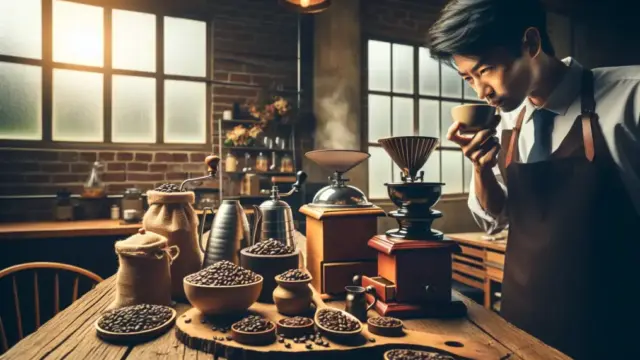









Comment